I'm making some first steps in webgl programming. Created a simple setup following this tutorial. Managed to add a few things of my own, though stumbled with adding light, particularly - specular light. As I assume, most of it would be implemented in my fragment shader, and maybe some additions in the vertex shader and the Light module. So that's the code I provide below.
Vertex shader:
attribute vec3 position;
attribute vec3 normal;
attribute vec2 uv;
uniform mat4 model;
uniform mat4 view;
uniform mat4 projection;
varying vec3 vNormal;
varying vec2 vUv;
void main() {
vUv = uv;
vNormal = (model * vec4(normal, 0.)).xyz;
gl_Position = projection * view * model * vec4(position, 1.);
}
Fragment shader:
#ifdef GL_ES
precision highp float;
#endif
uniform vec3 lightDirection;
uniform float ambientLight;
uniform sampler2D diffuse;
varying vec3 vNormal;
varying vec2 vUv;
void main() {
float lightness = -clamp(dot(normalize(vNormal), normalize(lightDirection)), -1., 0.);
lightness = ambientLight + (1. - ambientLight) * lightness;
gl_FragColor = vec4(texture2D(diffuse, vUv).rgb * lightness, 1.);
}
Light.js module:
function Light () {
this.lightDirection = new Vector3(-1, -1, -1)
this.ambientLight = 0.3
}
Light.prototype.use = function (shaderProgram) {
var dir = this.lightDirection
var gl = shaderProgram.gl
gl.uniform3f(shaderProgram.lightDirection, dir.x, dir.y, dir.z)
gl.uniform1f(shaderProgram.ambientLight, this.ambientLight)
}
I would really appreciate your suggestions here. Thanks in advance!
